
Choosing a Cinematography Lens: The Complete Guide for All Future DOPs
Your lens is more than just glass when it comes to cinematography; it’s your paintbrush. Your audience experience, depth, emotion, visual aesthetics, and storytelling are all directly impacted by the lens you use. Choosing the right lens is essential for establishing the tone and atmosphere of your images, whether you’re filming a documentary, music video, or motion picture. How to pick the ideal lens for your cinematic vision will be covered in this article.
Why Cinematography Lens Selection Is Important
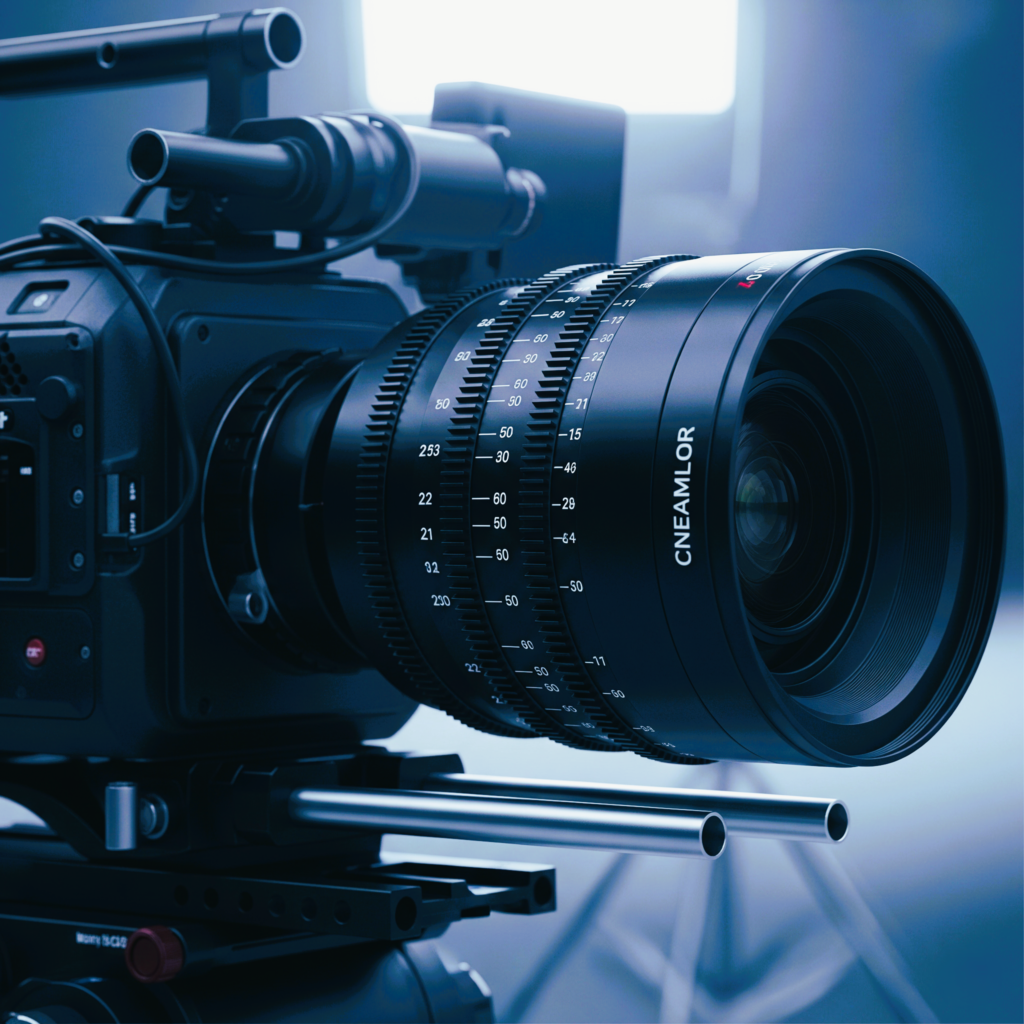
Technical issues like resolution, codecs, and dynamic range are handled by camera bodies, but the lens determines how your scene is viewed. Every artistic choice, whether it’s a vast landscape composition or a shallow depth of field, starts with the correct lens.
Important elements impacted by lenses
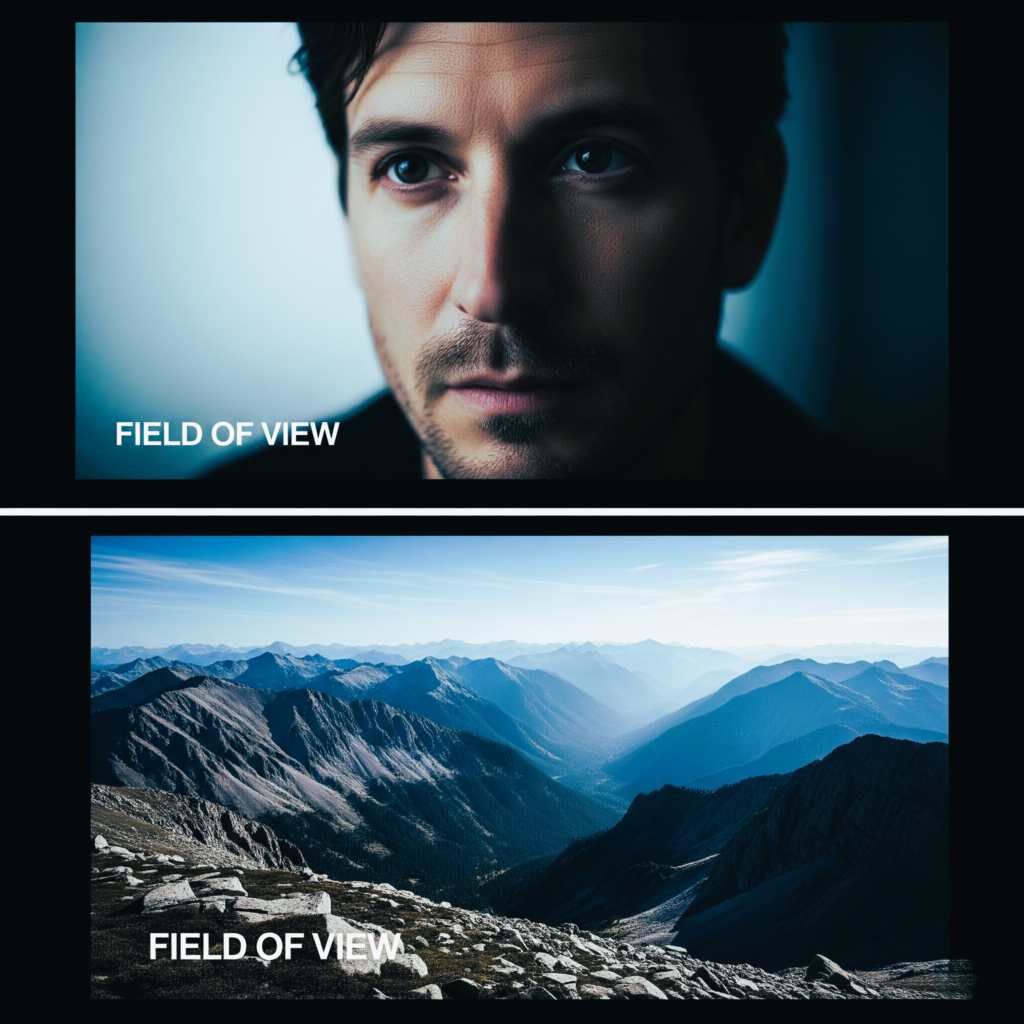
- The field of view
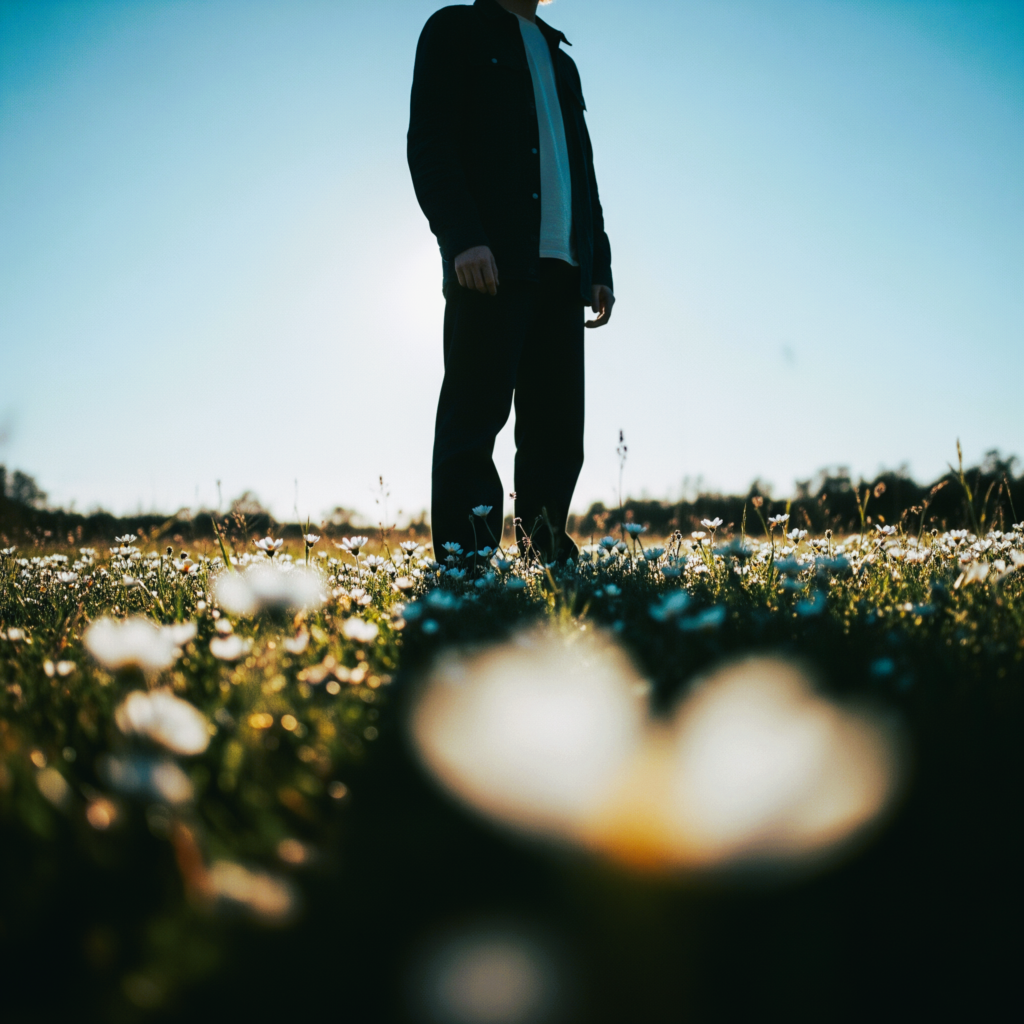
- Depth of Field

- backdrop blur, or bokeh
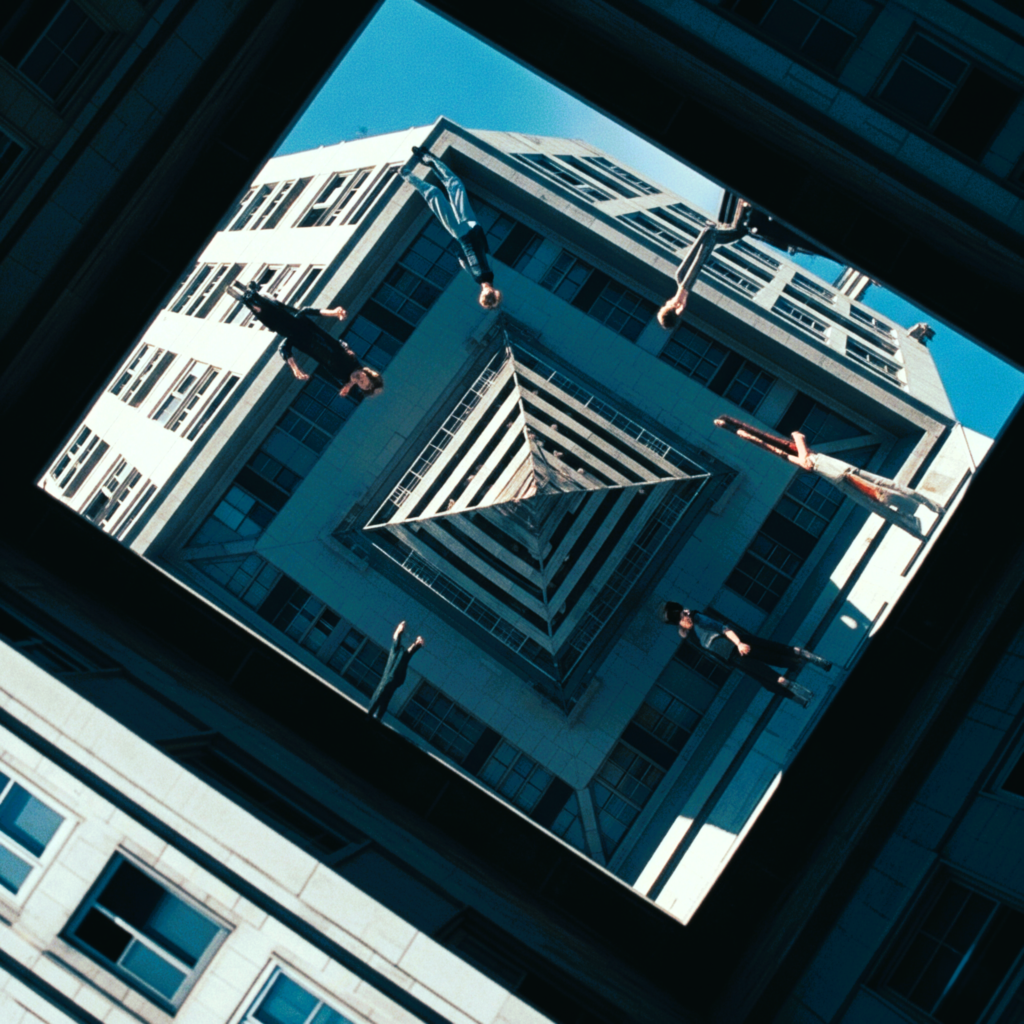
- Distortion and viewpoint
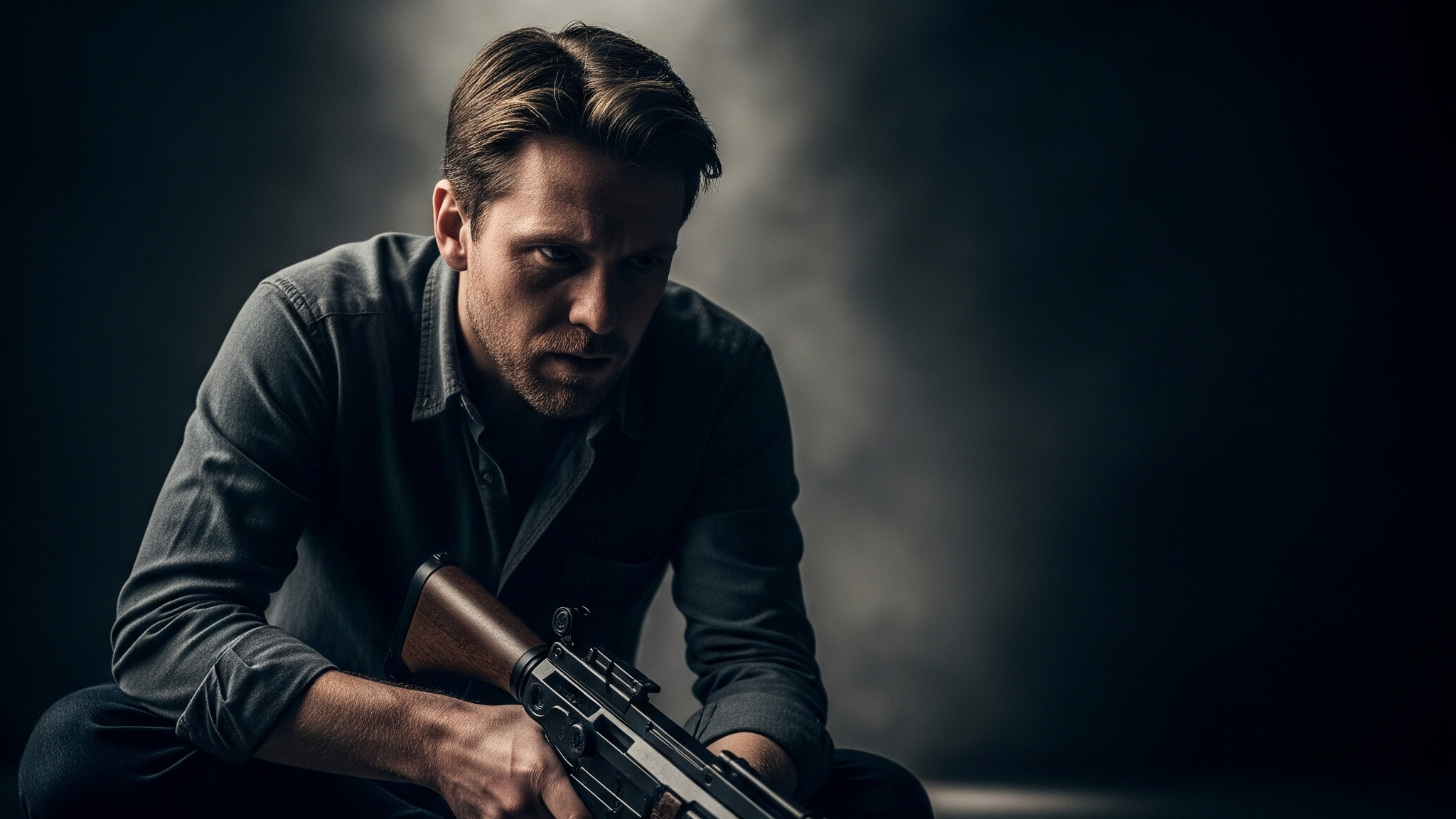
- sharpness and contrast of the image
Types of Lenses for Cinematography
To understand how each lens category influences the appearance and feel of your footage, it is essential to understand lens classifications.
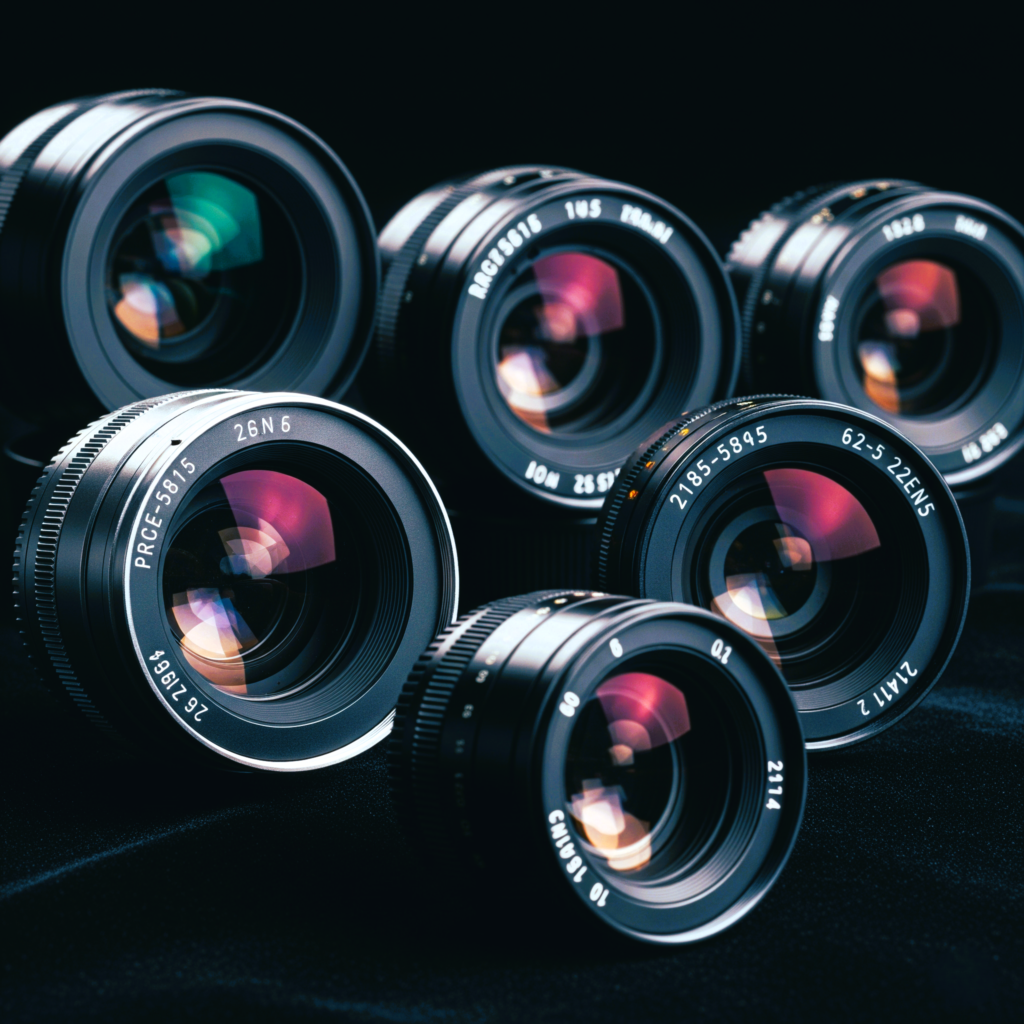
1)The Prime Lenses
- Fixed focal length lenses are highly valued for their excellent image quality, wide apertures, and sharpness.
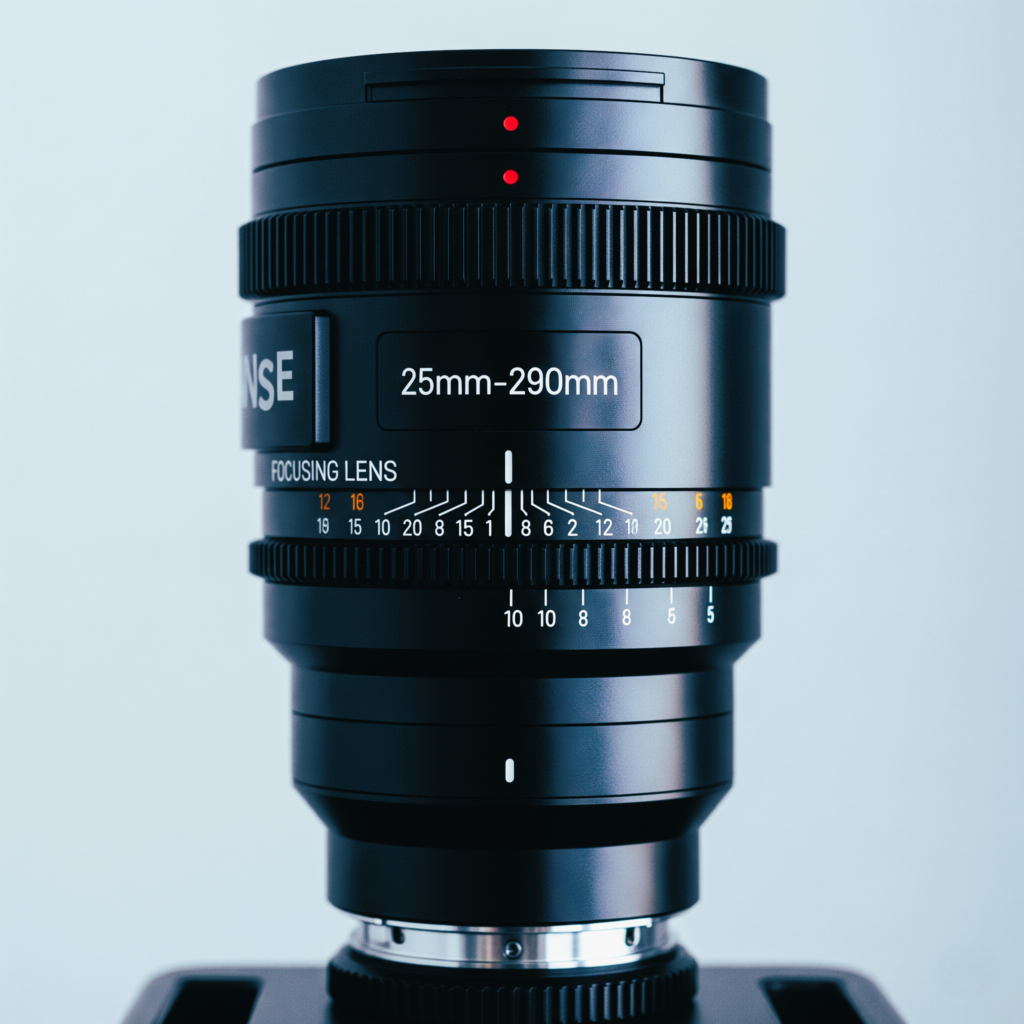
2) Zoom Lenses
- Zoom lenses are lenses with variable focal lengths that provide framing versatility without requiring positional changes.
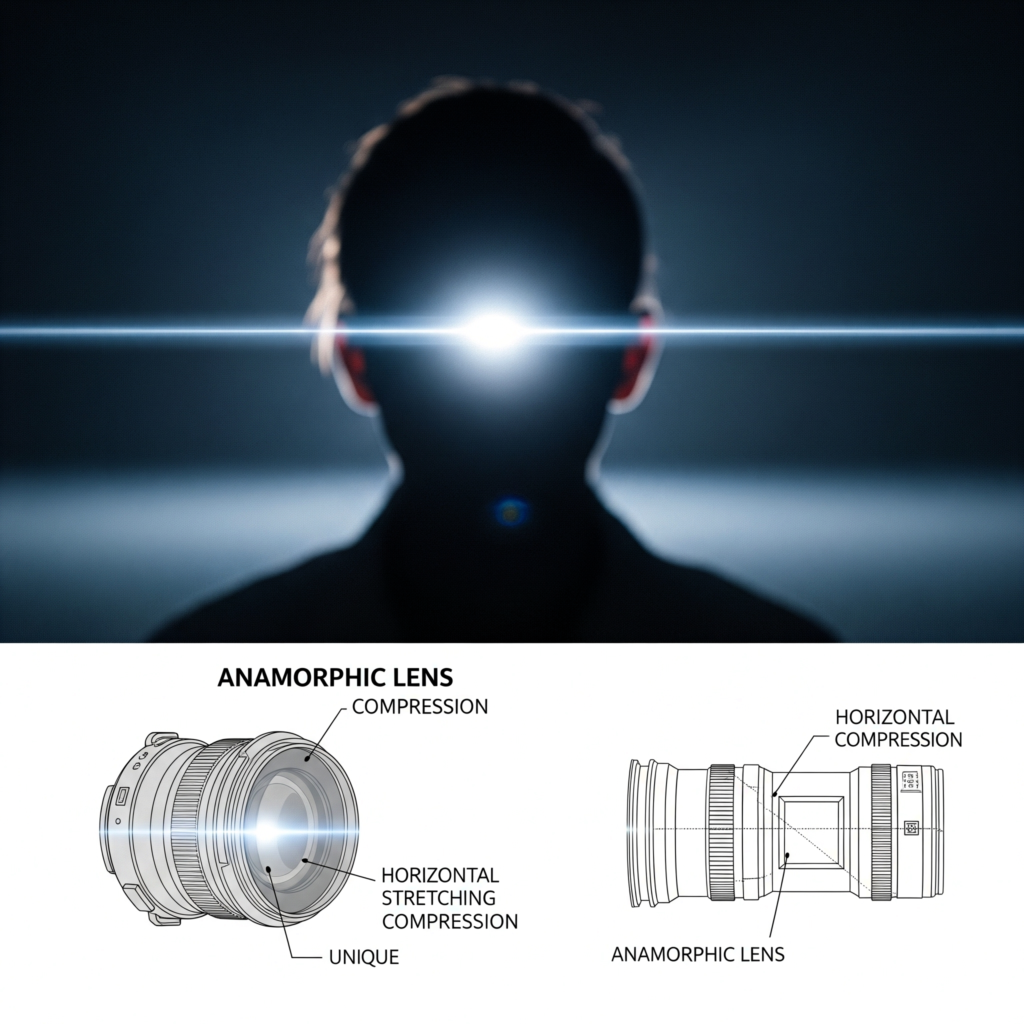
3) Anamorphic lenses
- specialized lenses with oval bokeh and distinctive horizontal lens flares that produce widescreen movie effects.
Knowing the Focal Length

- Wide-Angle (10-35mm): Perfect for establishing shots, landscapes, and situations with limited area.
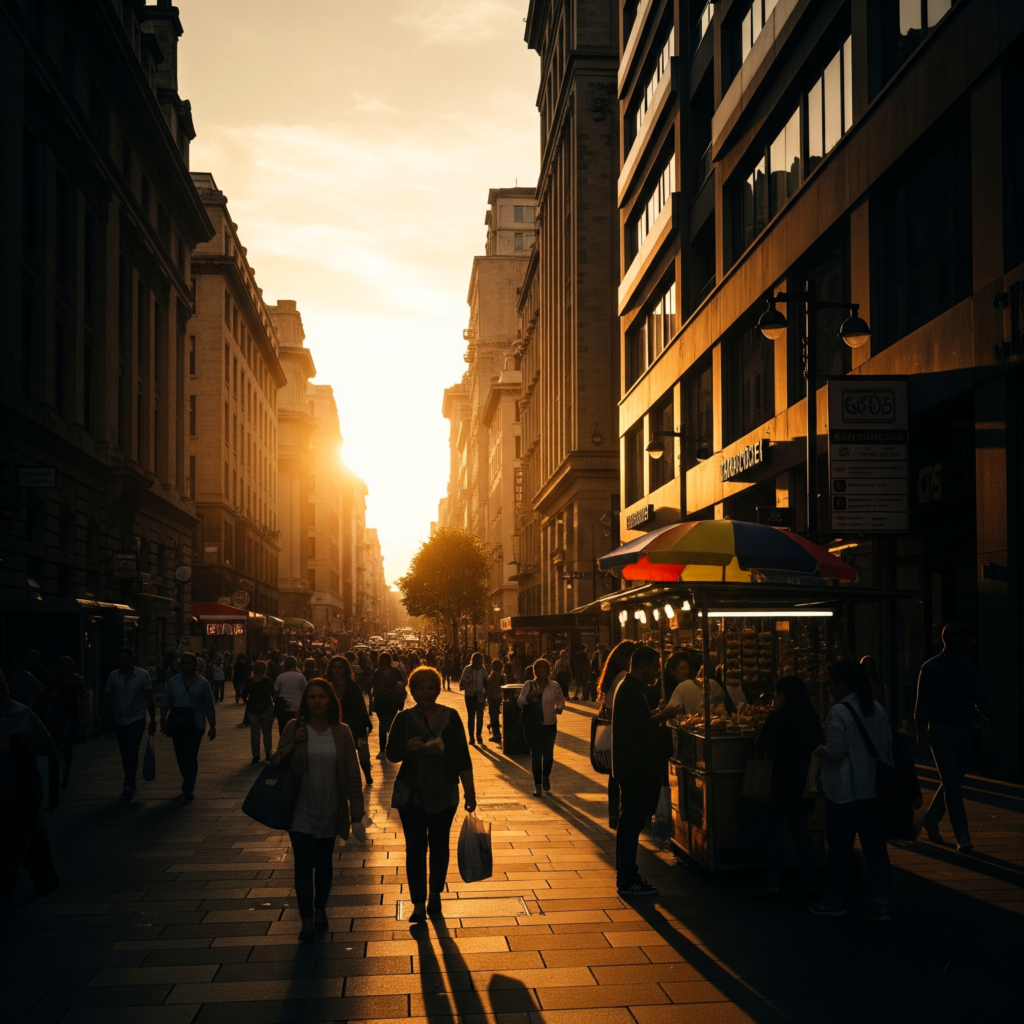
- The perspective that is closest to the human eye is standard (35–70mm). For the majority of general-purpose shots, excellent.
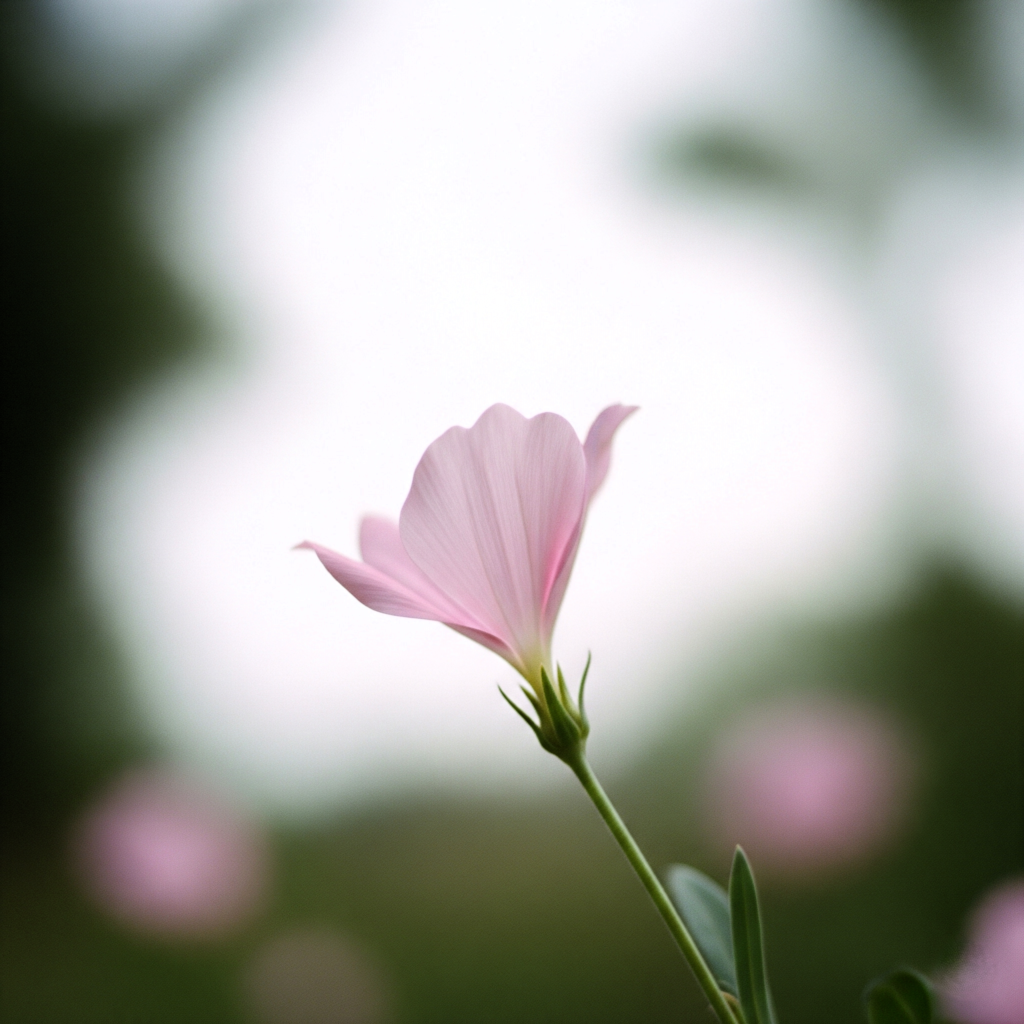
- The telephoto lens (85mm and above) is ideal for close-ups, subject isolation, and backdrop compression.
Pro Tip: An 85mm lens produces intimacy without distortion in emotional moments and conversations.
T-Stops and Aperture
Aperture is expressed in f-stops (f/1.4, f/2.8, etc.) in still photography. T-stops, which more precisely account for light transmission, are frequently used to measure it in film lenses.
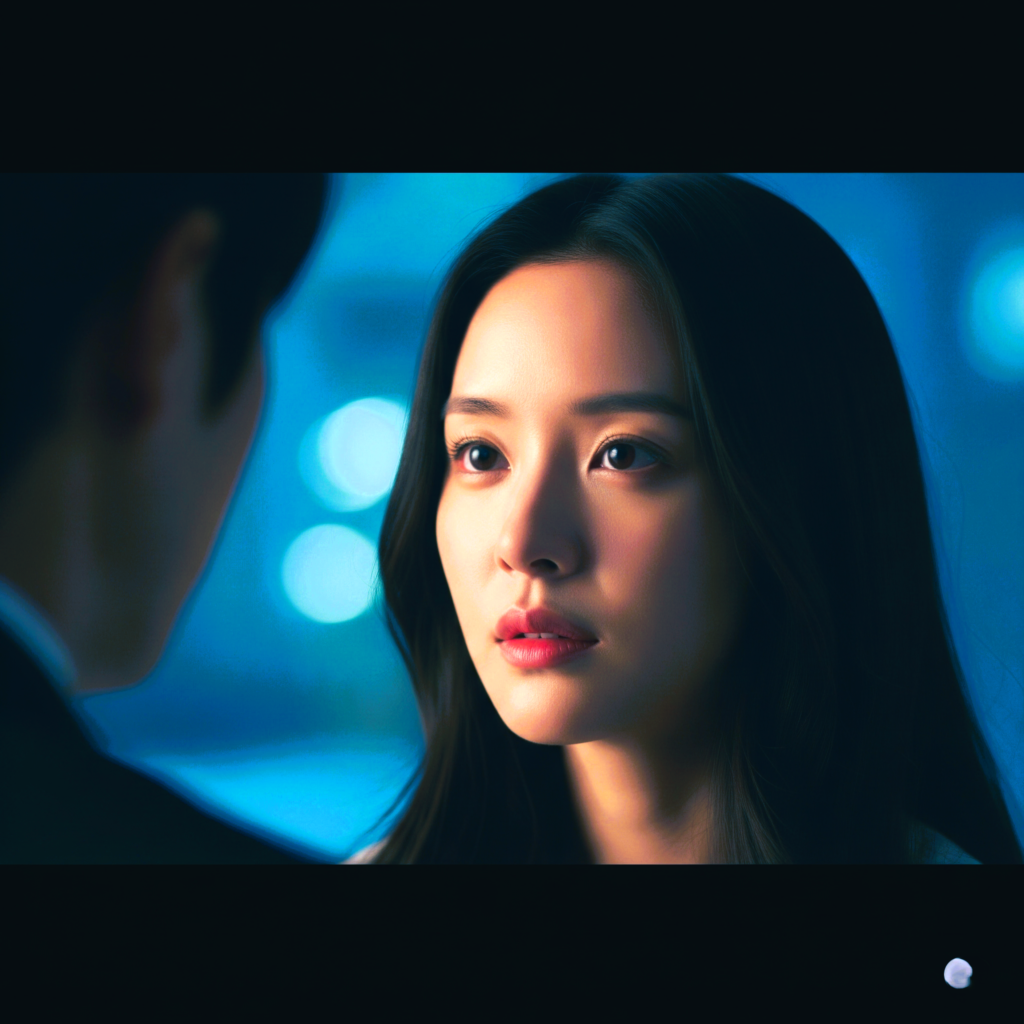
- f/1.4 to f/2.8 wide apertures:
- Great in low light
- Cinematic view, or shallow depth of field
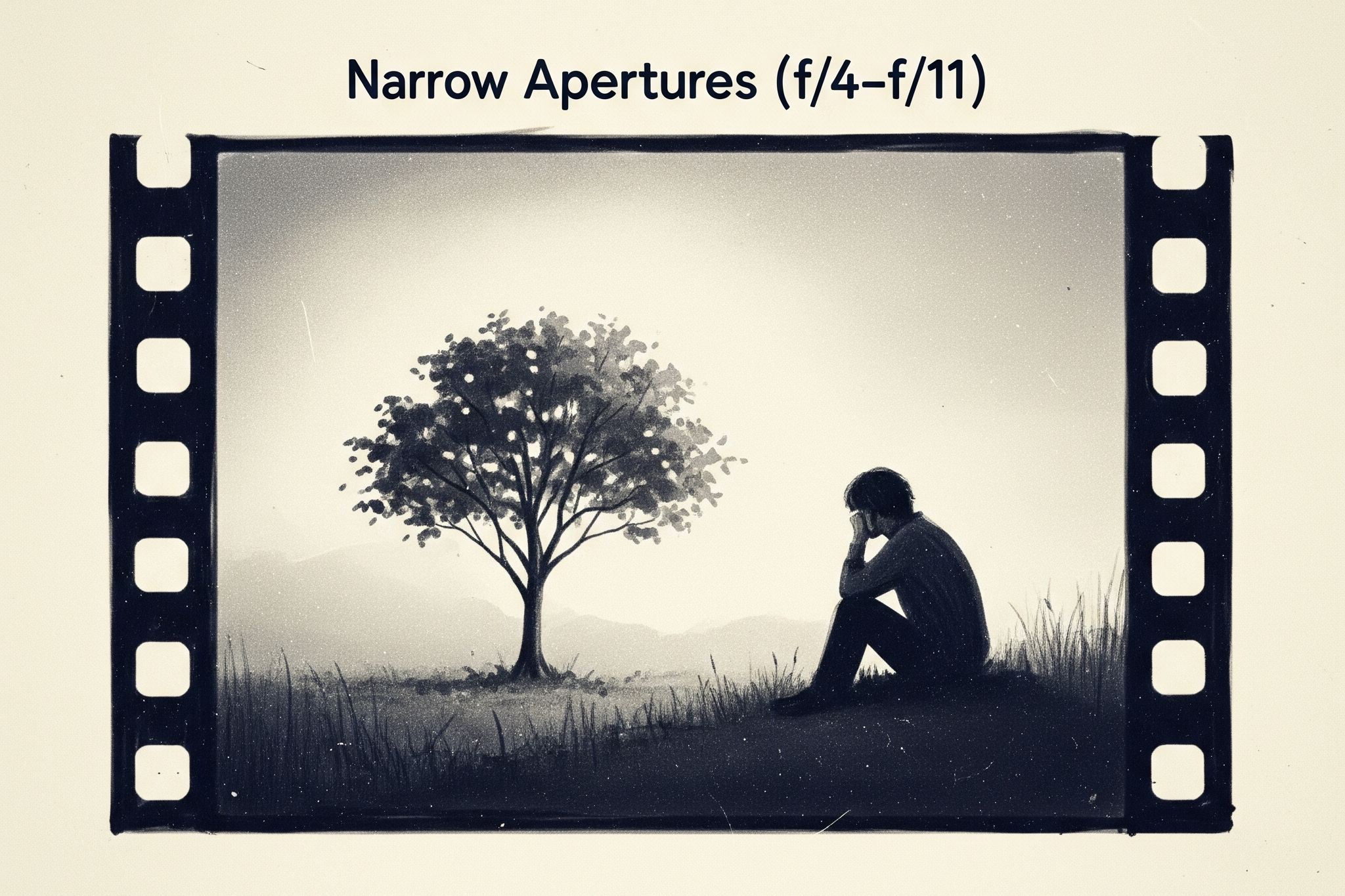
- Apertures that are narrow (f/4–f/11):
- Greater depth of field
- Perfect for photographs with multiple subjects or landscapes
Anamorphic versus Spherical Lenses
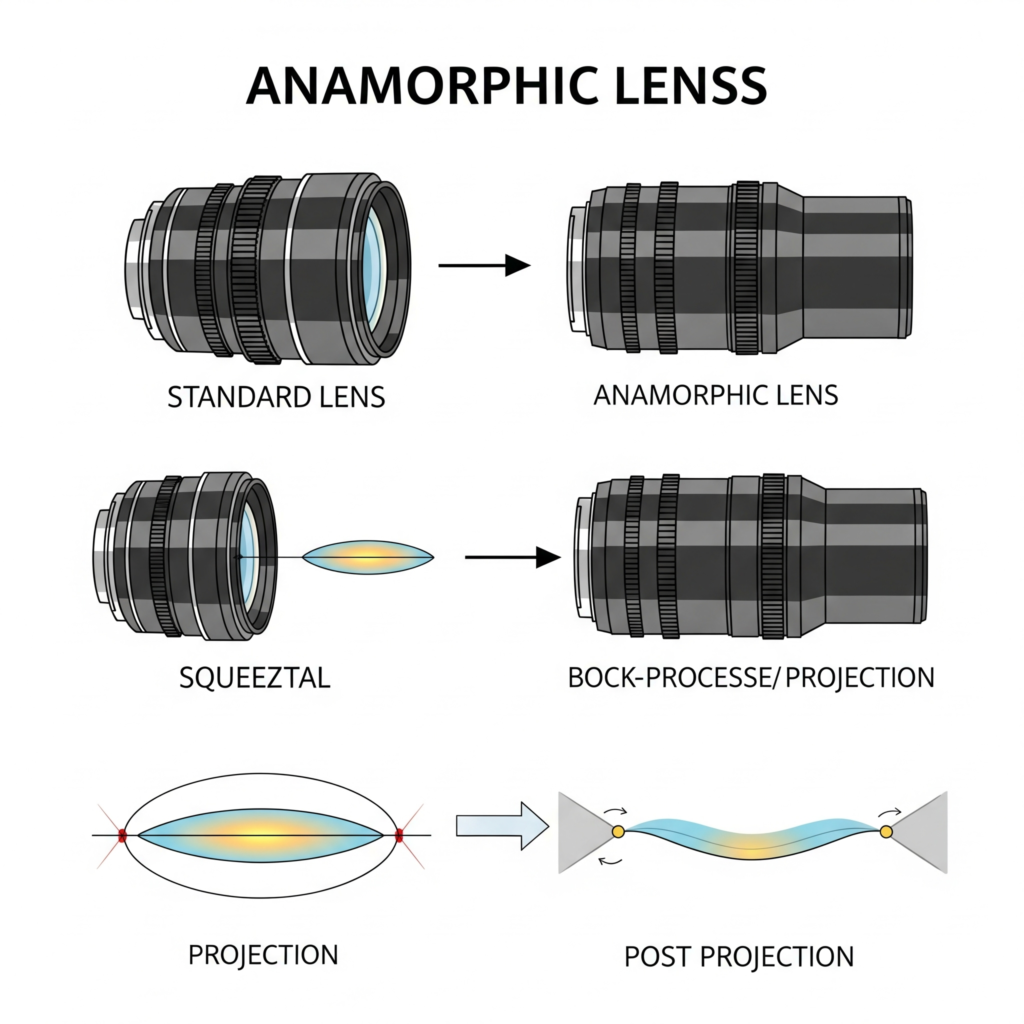
- Anamorphic:
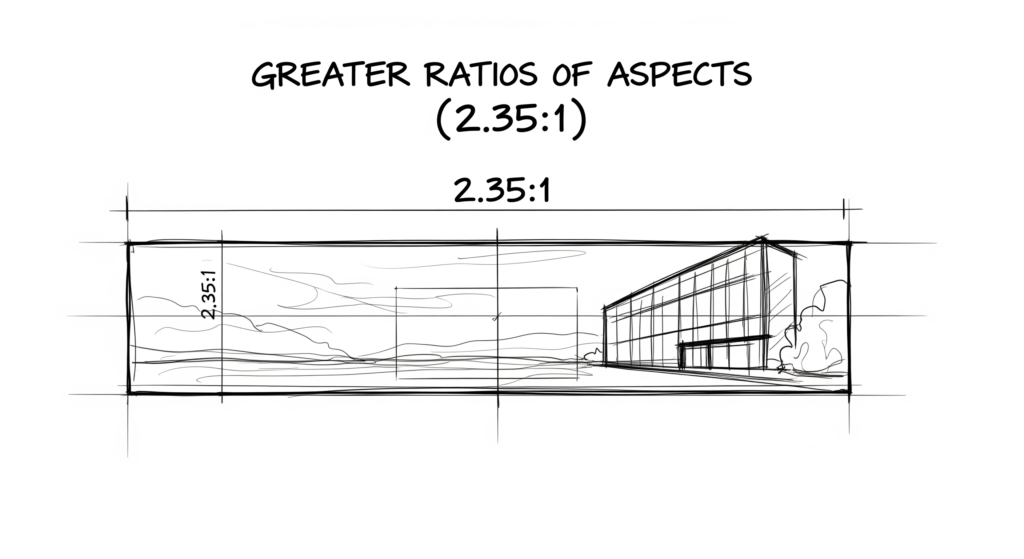
- Greater ratios of aspects (2.35:1)
- Special horizontal lens flares and oval bokeh
- Cinematically unique, but expensive and experience-required

- Spherical:
- most typical kind
- Circular bokeh and a standard look
- less expensive and simpler to use
Comparing Photo and Cinema Lenses
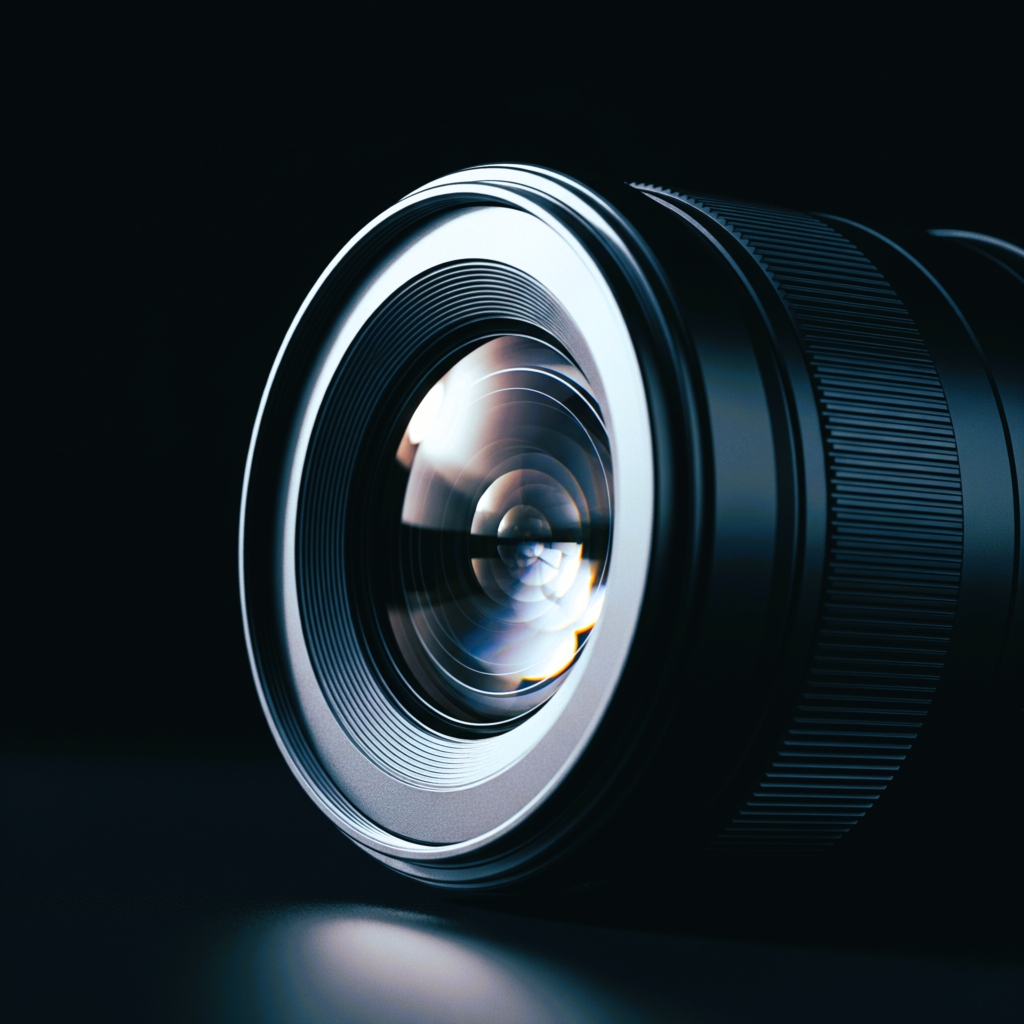
- While still usable, photo lenses may have
- Focus-by-wire electronic systems
- Manual control that is less accurate
- Different brands and models have different colors.
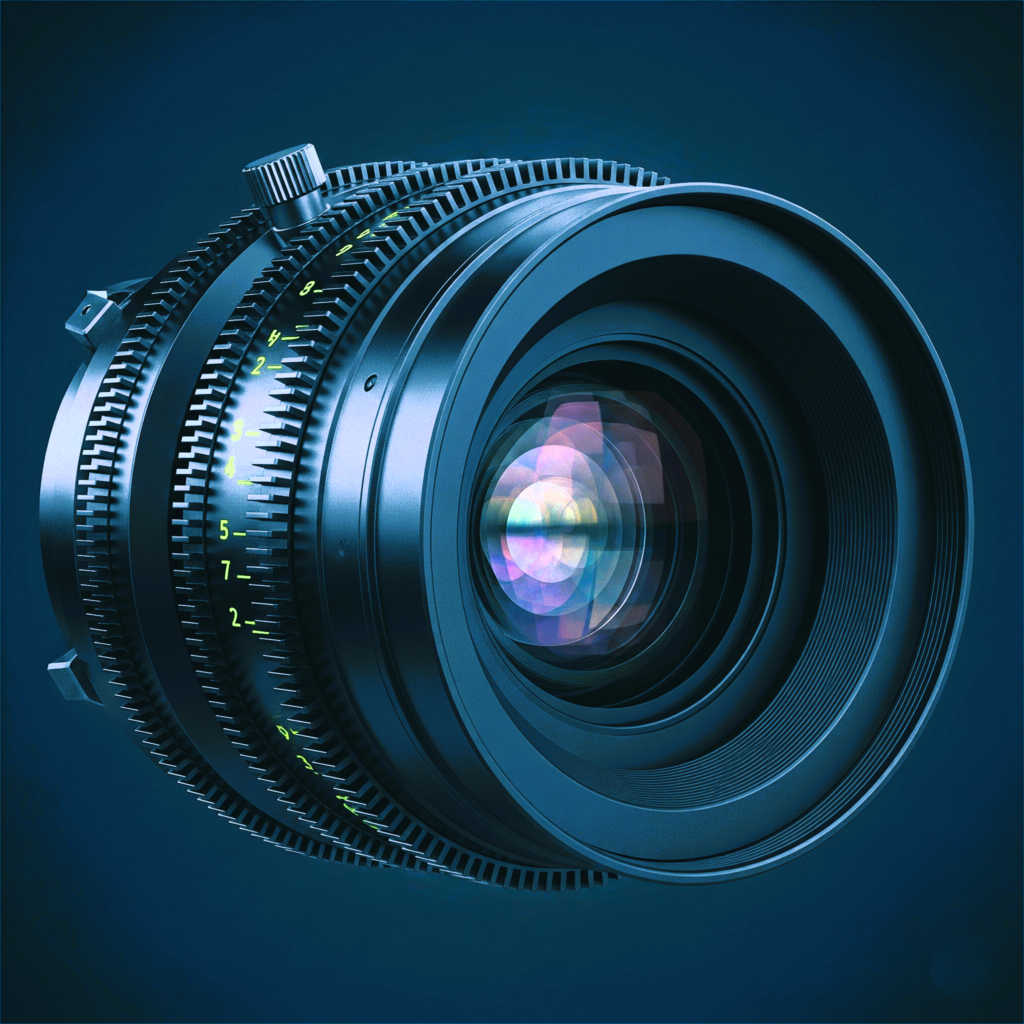
- Cine lenses are made specifically for making movies
- Focus and aperture rings that are geared and smooth
- Hard stops and manual control
- Color consistency and little breathing
Image Character, Focus Throw, and Lens Breathing
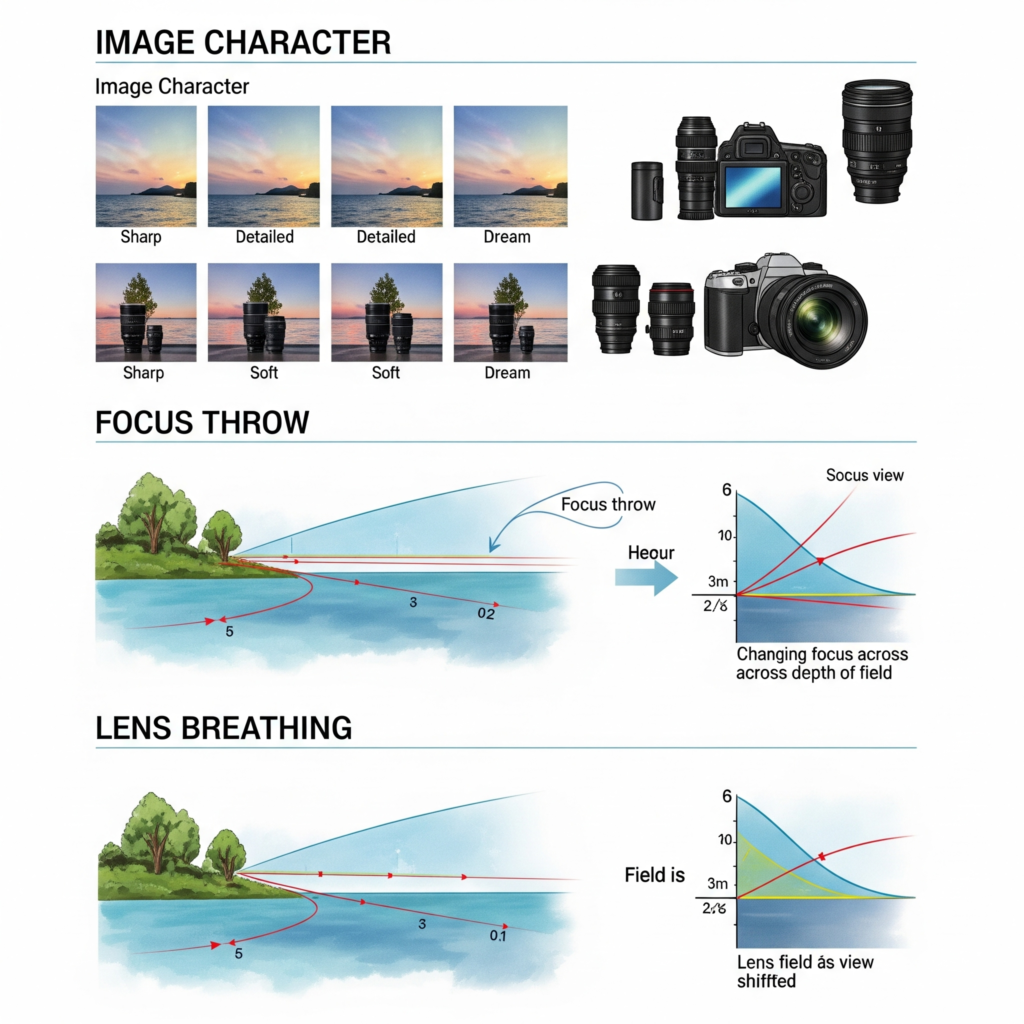
- Focus Breathing: When concentrating, adjust the framing; less is preferable for the film.
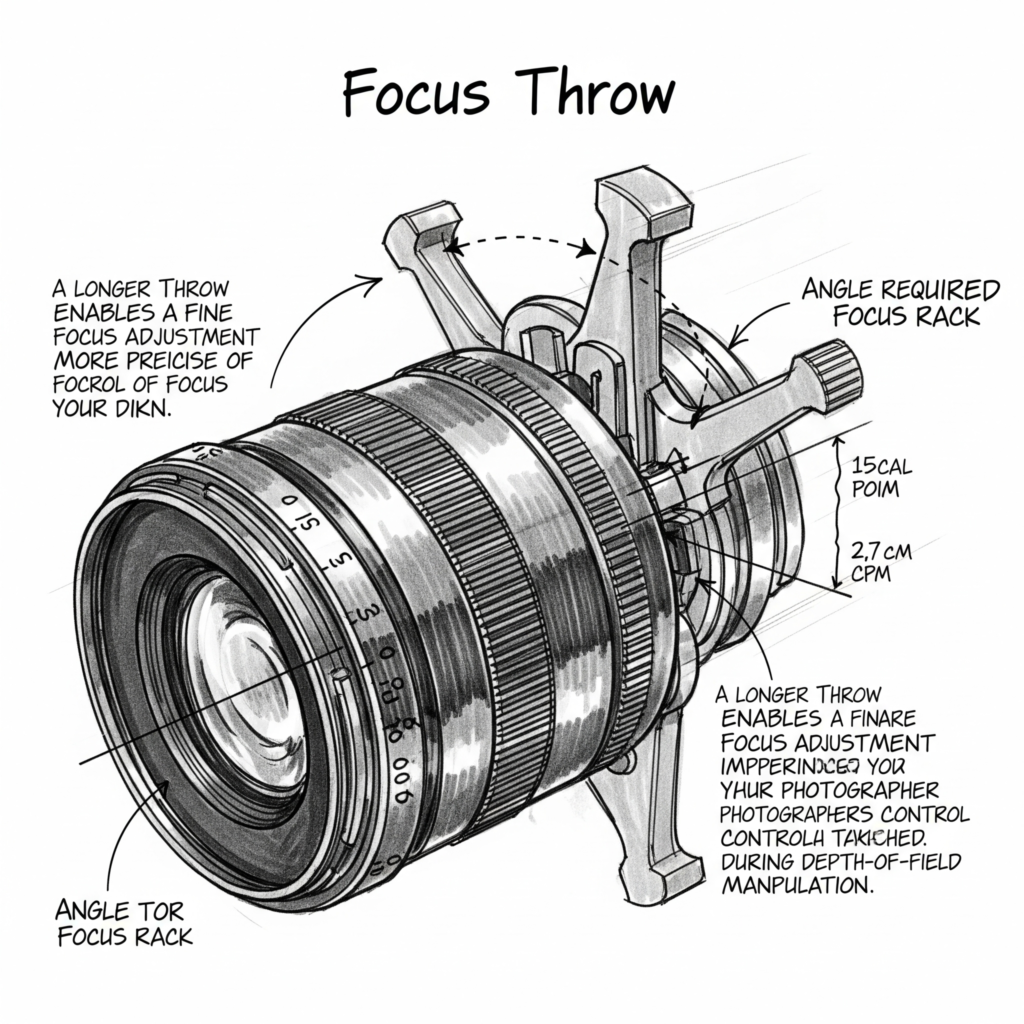
- Focus Throw: The angle required for focus rack; a longer throw enables more precise control.
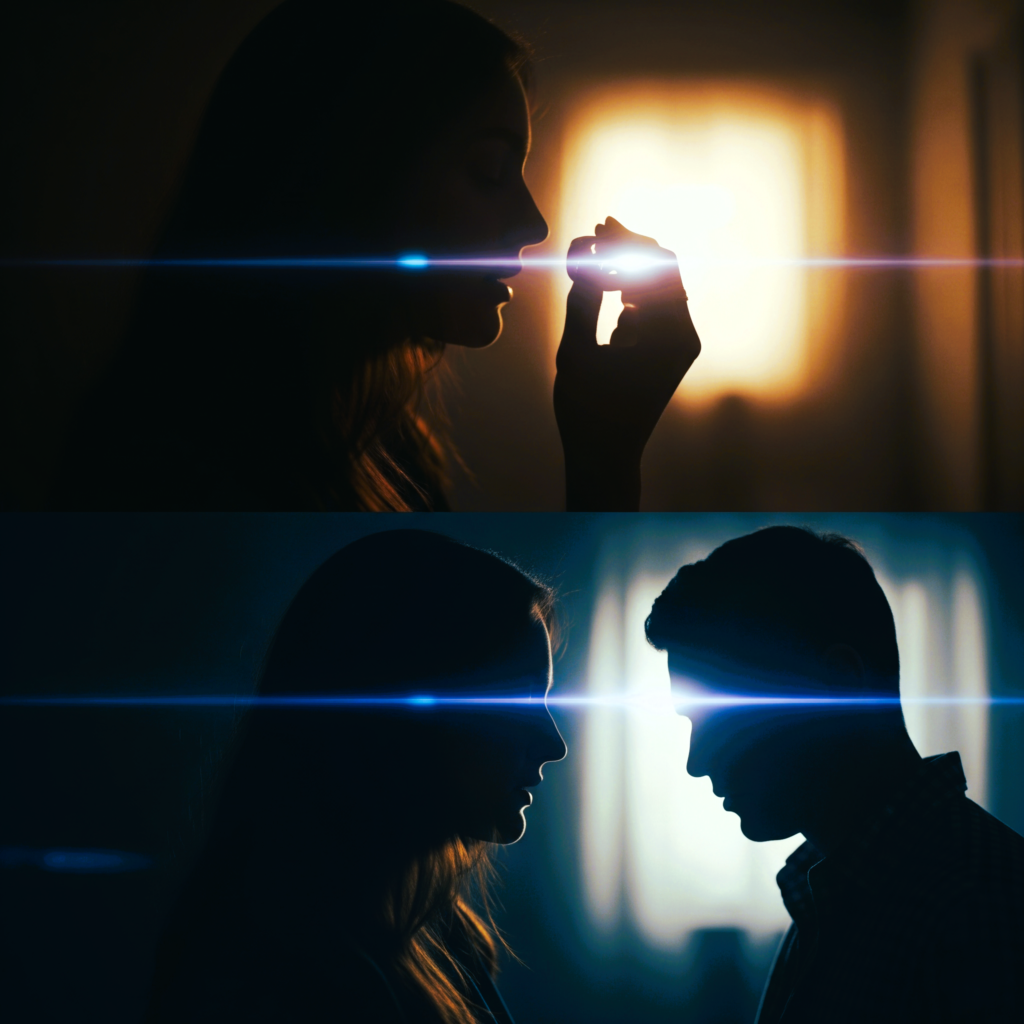
- Image Character: Certain lenses have distinctive contrast, softness, or flares that go well with particular styles.
Example: For dreamy, nostalgic looks, vintage lenses (such as the Canon FD or Helios 44-2) are fantastic.
Lens Matching for Genres
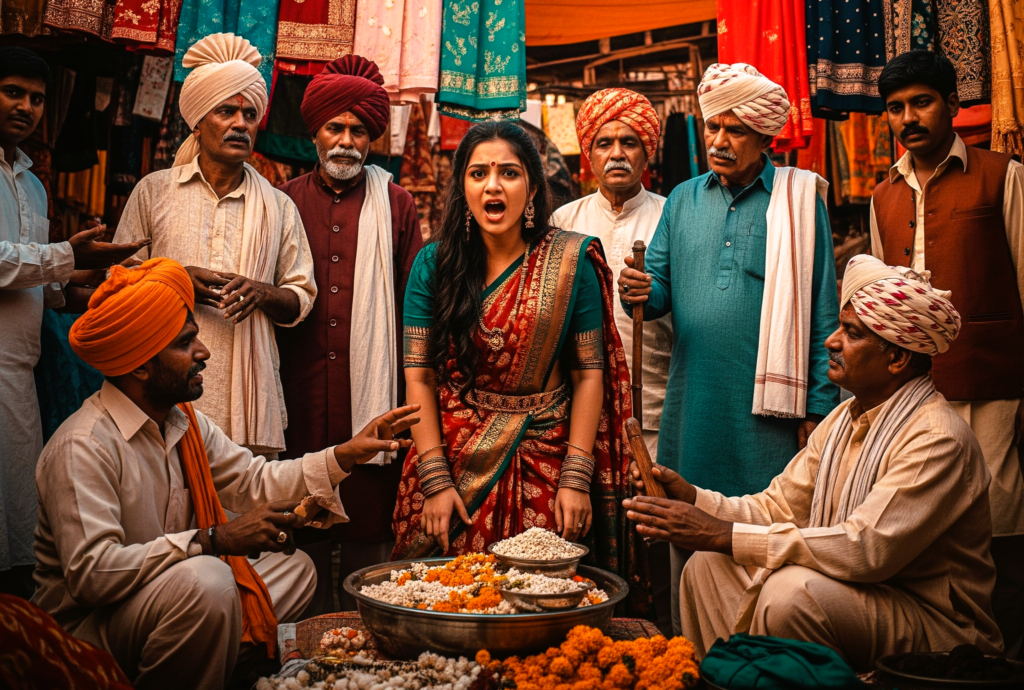
- Drama: primes at 35, 50, and 85 mm (emotional emphasis)
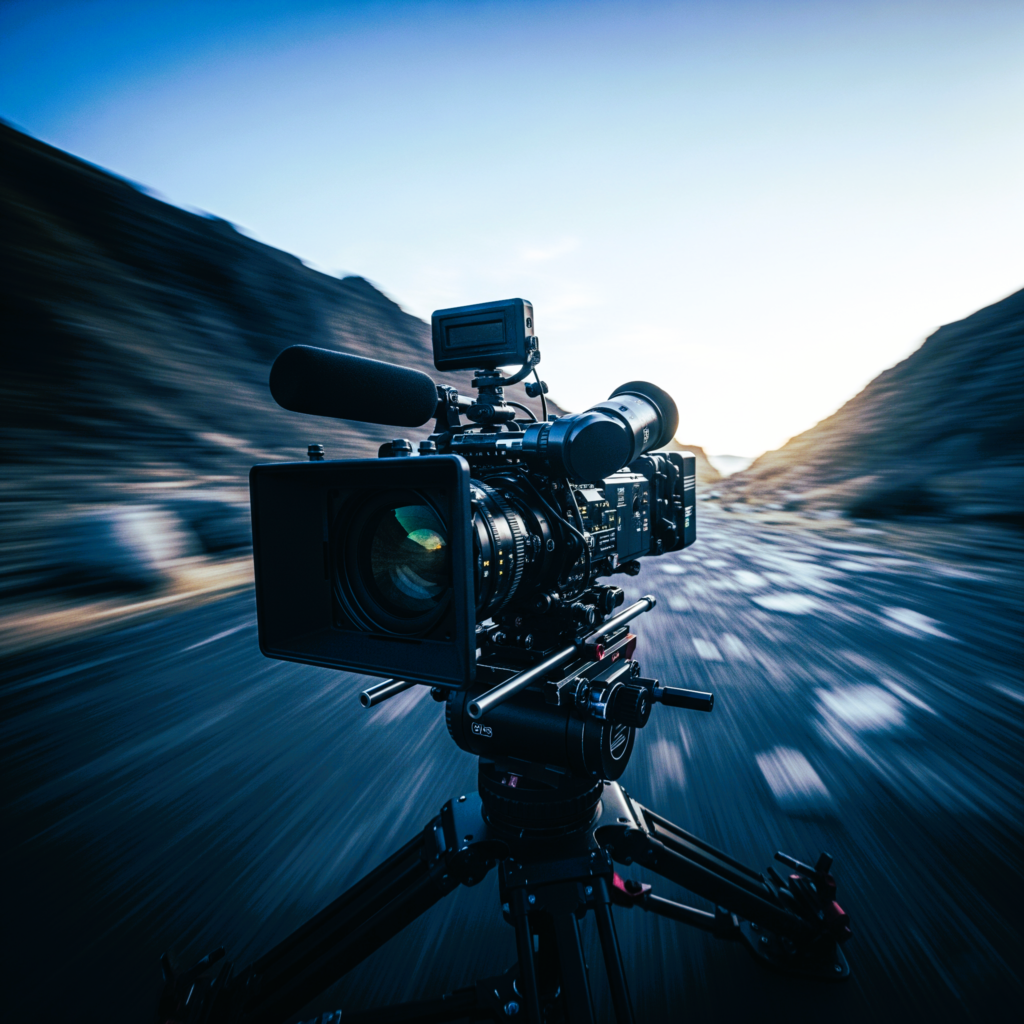
- Action: Wide lenses for dynamic photos or zooms with quick focusing
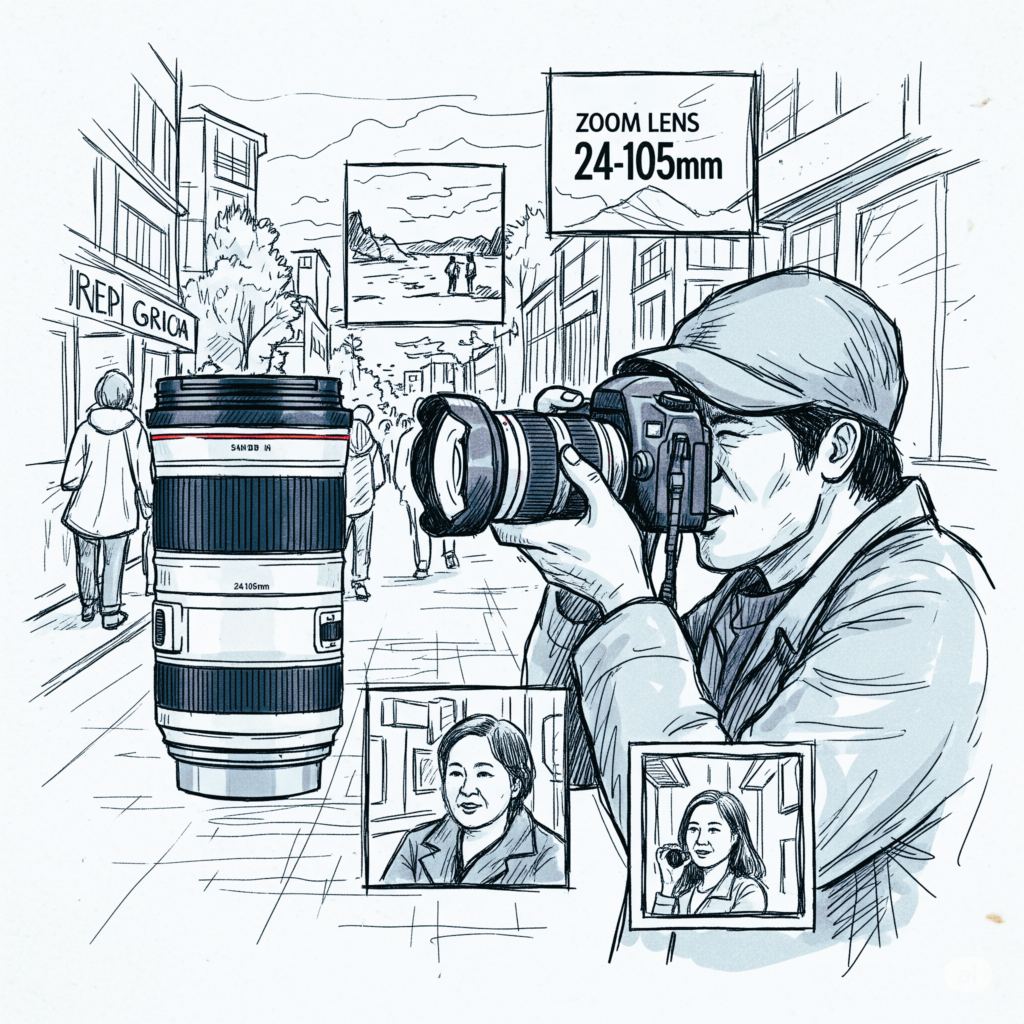
- 24-105mm zooms for versatility in the documentary
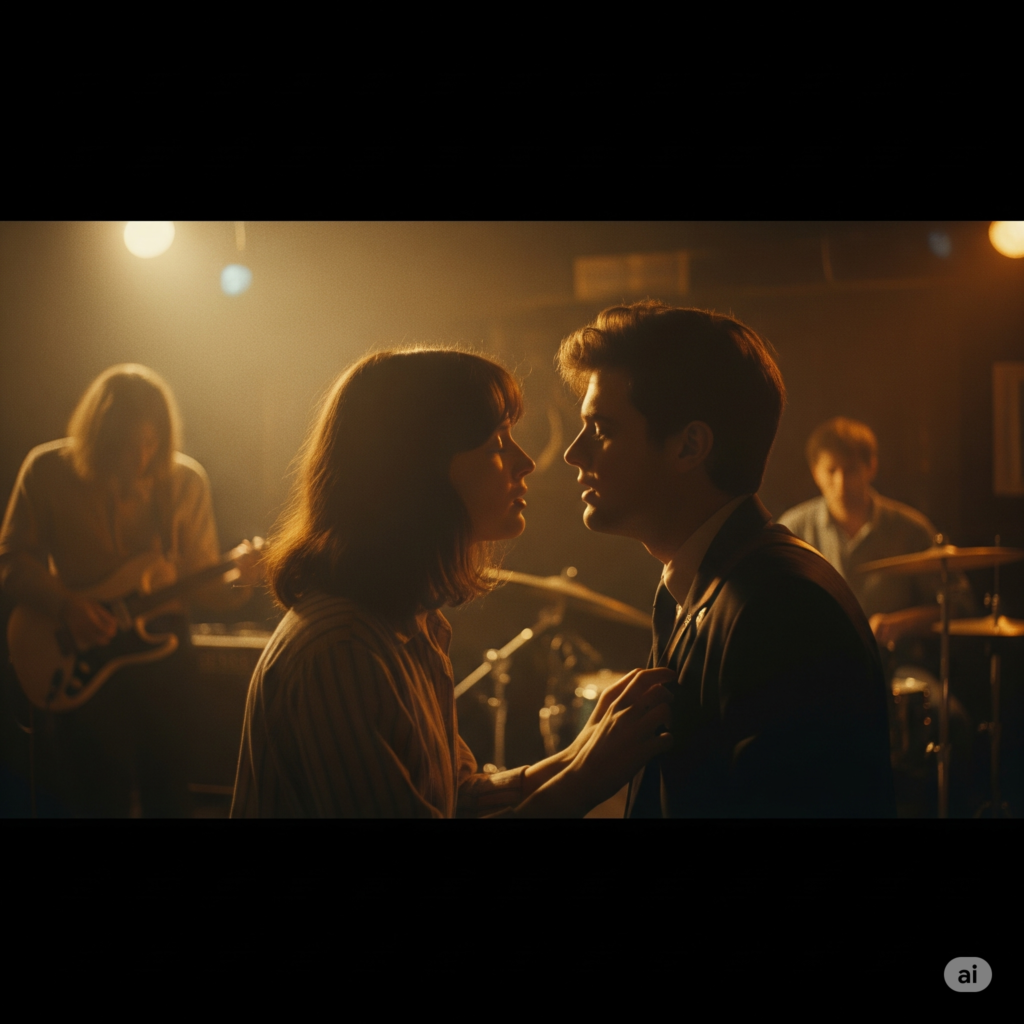
- Anamorphic or vintage primes for a touch of style in music video
Useful Advice on Selecting the Right Lens for Cinematography
When choosing lenses for your project, bear the following in mind:
- Match Lens to Story: For intimate close-ups, use telephoto lenses; for vast, immersive pictures, use wide lenses.
- Think About Lighting: Wide-aperture, fast lenses are useful in low light without sacrificing image quality.
- Budget and Equipment: Zooms provide adaptability when less equipment is required, while primes frequently produce better quality.
- Test Before Shooting: It’s really helpful to rent and test lenses in advance to get a sense of their feel and character.
- Recognize Your Camera Sensor: Make use of lenses that are appropriate for the full-frame, APS-C, and other sensor sizes of your camera.
You may improve your cinematography and storytelling skills by carefully choosing your lenses.
Conclusions
The finest lens for cinematography isn’t the most costly; rather, it’s the one that best tells your story. Recognize the requirements of your project, your financial constraints, and the desired aesthetic.
Try out different lenses, play about with framing, and see how they impact motion, space, and emotion.
Remember that lenses are collaborators in telling stories, not merely instruments.
Continue reading the blog for additional photography advice, gear reviews, creative inspiration and improve your visual narrative one frame at a time.
Leave a comment below with your opinions or experiences with cinematography lens choice!
#VisualStorytelling #EquipmentGuide #Cinematography #Filmmaking #FilmProduction
Visual Storyteller and Director of Photography,
Vimall S Mishra